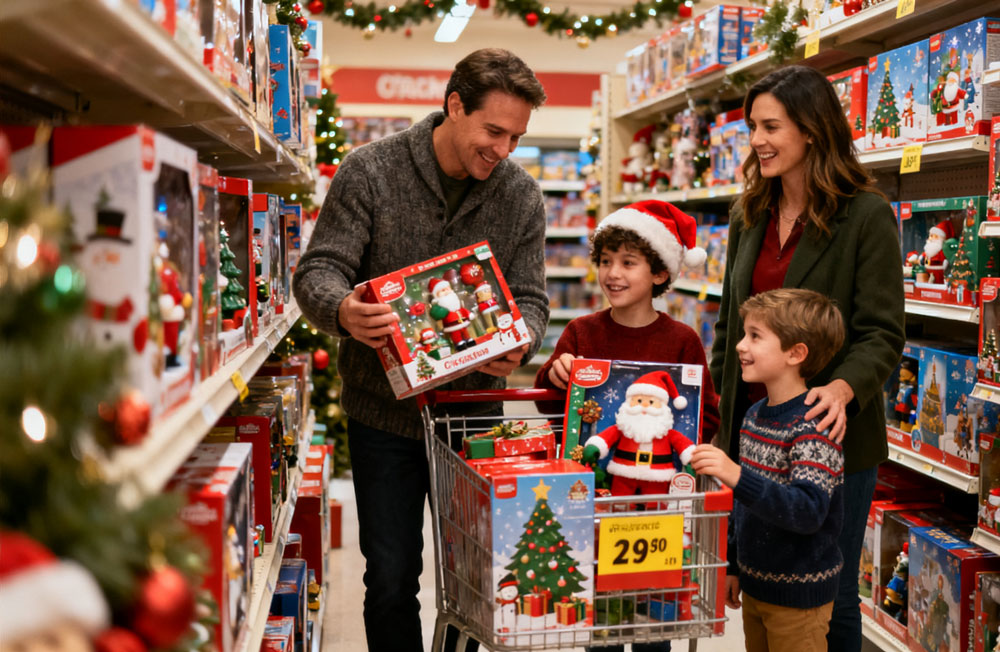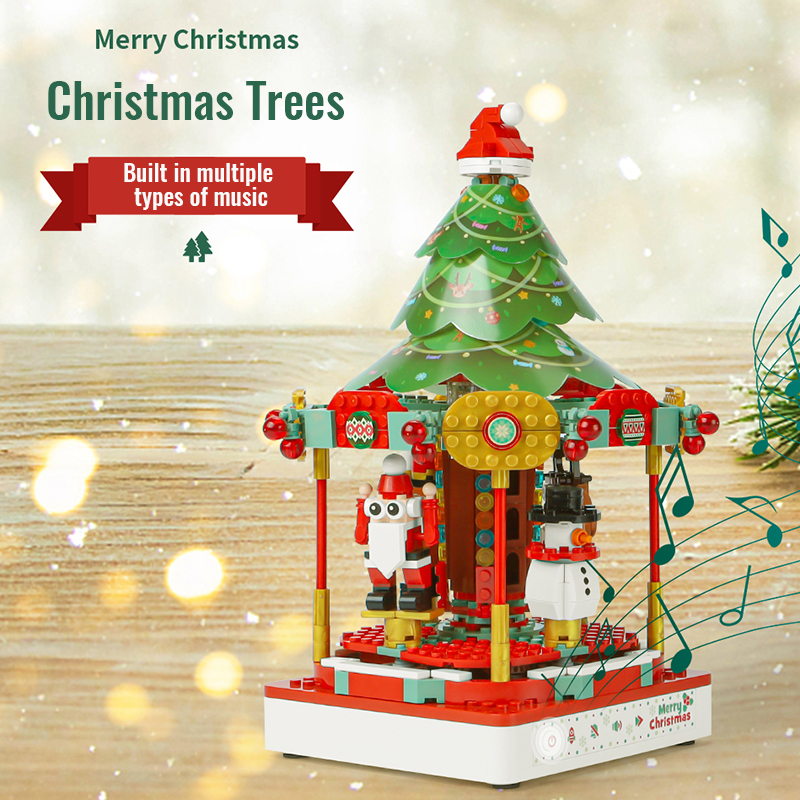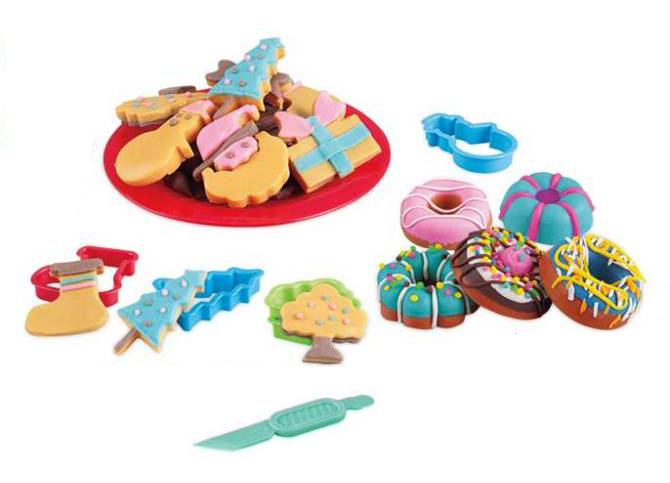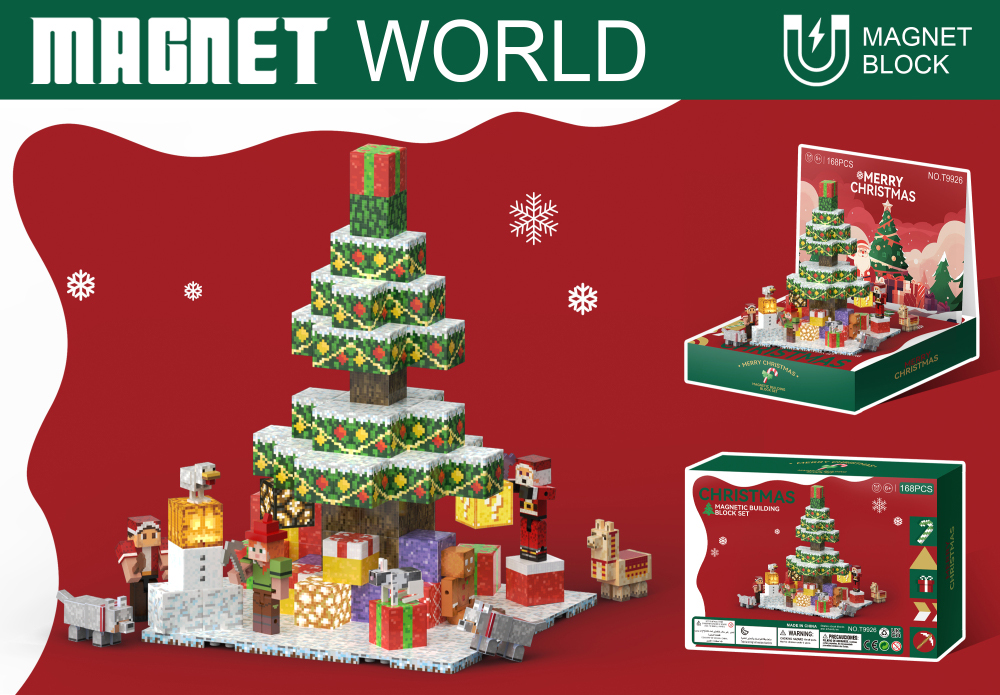Subtitle: As families prioritize value and interaction, toy preferences shift from ownership to shared moments
With global economic pressures influencing holiday spending, the 2025 Christmas season is witnessing a significant shift in toy consumption. Families are increasingly seeking high-value, experience-driven playthings that emphasize interaction and emotional connection over mere possession. This trend toward "affordable experiences" reflects a broader movement where meaningful engagement takes precedence over material extravagance.

Redefining Holiday Gift-Giving
In recent years, economic challenges have reshaped how families approach holiday budgets. A growing number of parents and gift-givers are prioritizing toys that offer lasting engagement rather than short-lived novelty. Key drivers include:
- Budget-conscious decisions: With inflation affecting disposable income, families seek toys that deliver multiple play possibilities without high costs.
- Emotional value: Products encouraging family interaction, creativity, or skill development resonate more deeply than passive or solitary toys.
- Repeat play appeal: Toys with open-ended design—such as building sets, role-play kits, or DIY crafts—justify their value through extended usability.
This Christmas, the most successful toys will likely be those fostering collaboration, creativity, and low-cost fun.
Top "Affordable Experience" Toy Categories for 2025
Based on market observations and consumer preference analyses, the following categories align perfectly with this trend:
DIY Craft & Creativity Kits
Examples: Holiday-themed slime sets, ornament-making kits, or reusable modeling clay.
Why They Work: These products empower children to create unique outcomes, blending art with sensory play. Their low production cost allows retailers to price them accessibly while maintaining healthy margins.
Compact STEM Building Sets
Examples: Mini engineering kits, puzzle-based construction toys, or portable coding games.
Why They Work: They offer educational value and re-playability at a fraction of the cost of larger STEM sets. Their small size also makes them ideal as stocking stuffers or add-on gifts.
Interactive Plush & Role-Play Pairs
Examples: Plush characters with simple storybook guides, or parent-child costume accessories.
Why They Work: These toys encourage social and emotional development through imaginative play, often serving as catalysts for family bonding.
Card Games & Portable Activity Sets
Examples: Holiday-themed matching games, travel-friendly puzzle cards, or collaborative board games.
Why They Work: With minimal packaging and production costs, these items deliver high engagement per dollar and fit seamlessly into budget-friendly gift strategies.
Why Retailers Should Embrace This Trend
For toy retailers, the “affordable experience” trend offers multiple advantages:
- Higher Inventory Turnover: Lower-priced items often translate to faster sales velocity, especially during peak gifting seasons.
- Add-on Sales Potential: These products naturally complement larger gifts, increasing average transaction values.
- Brand Loyalty: Families remembering positive play experiences are more likely to repurchase from the same brand in the future.
Retailers can leverage this trend by:
- Curating themed bundles (e.g., a “Family Game Night” set or “Winter Craft Kit Collection”).
- Highlighting interaction and replay value in product descriptions and in-store displays.
- Using content marketing to showcase real-life play scenarios—such as short videos of families using the toys together.
Case in Point: Success Stories from Early Adopters
Several brands have already capitalized on this trend by redesigning classic concepts:
- A well-known plush company introduced a “Storytelling Animal” series where each toy includes QR codes linking to audio stories in multiple languages, enhancing value without significantly increasing cost.
- A science toy brand launched “Pocket Lab” experiments—small, themed kits (e.g., “Snowflake Science”) that retail under $15, making STEM learning accessible and holiday-friendly.
Looking Ahead
The movement toward experience-focused, affordable toys is more than a seasonal reaction—it’s a long-term evolution in consumer behavior. As families worldwide continue to seek meaningful connections and mindful spending, toys that deliver joy through interaction, rather than price tags, will lead the market.
For retailers and suppliers, understanding this shift is key to curating winning assortments this Christmas and beyond.
Post time: Sep-27-2025






